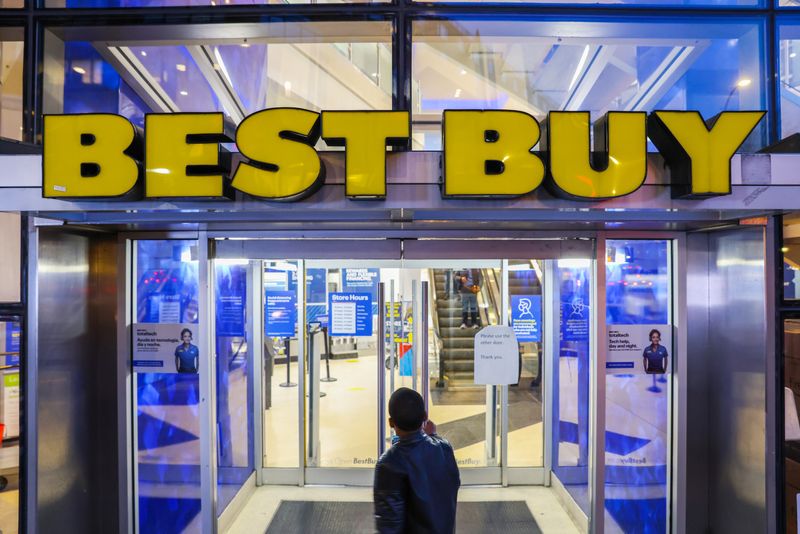Investment analysts are coalescing around a few potential winners in China’s car market after a 10-day auto show in Beijing put the ferocious competition on full display. The opening morning of China’s biggest auto show of the year — April 25 in this case — is typically a mad rush. But this time, the sheer number of people and car launches meant movement between booths often slowed to a crawl. I found that the second day wasn’t much better, in contrast to an emptying out in prior years. “The number of visitors this year was simply overwhelming,” Nick Lai, head of China equity research and Asia Pacific autos research at JPMorgan said in a late April report, noting an uptick in live-streamers and overseas dealers attending the show. “This year, we notice[d] a meaningful amount of foreign visitors who are Chinese brands’ overseas dealers or importers,” JPMorgan analysts said. They expect overseas markets can contribute about one-fourth of leading producer BYD’s car profits this year. Tesla, which gets more than a fifth of its sales in China, hasn’t exhibited at the main auto show since protestors disrupted its booth in 2021. But more recently, CEO Elon Musk made a surprise visit to Beijing last weekend, the company overcame a data security hurdle for local car sales and inched closer to getting its driver-assist software approved for use in China. “Despite the Chinese car market being ~50% larger than Europe, it has about 170 brands operating in the market vs 80 in Europe, which clearly suggests an oversaturation of the market with poor economies of scale selling about 150k cars per brand vs ~200k in the EU,” JPMorgan European autos analysts said in a separate report last month. “This is leading to irrational competition at a point in time of transition,” from internal combustion engines to battery electric vehicles,”the report said, “which begs the question if International OEMs, including Premium, should be competing in the entry or compact segment respectively over the next 5 years.”





















